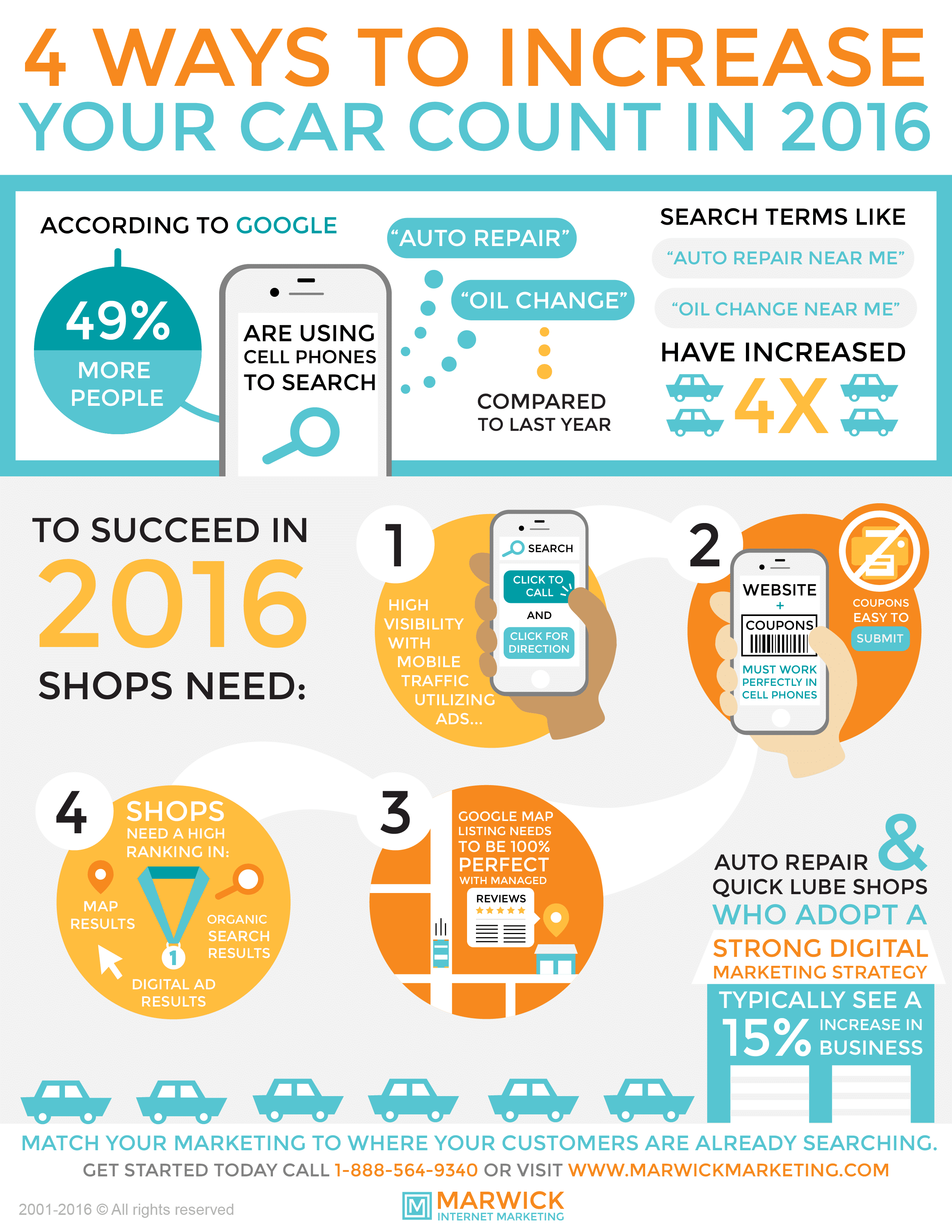Analyzing Your Vehicle'S Alert Lighting: Their True Ramifications
Analyzing Your Vehicle'S Alert Lighting: Their True Ramifications
Blog Article
Staff Author-Sykes Shepherd
When you're behind the wheel, those beautiful warning lights on your dashboard can be a little bit puzzling. Do you recognize what they're trying to inform you about your car's health? Comprehending graphene coating of these lights is important for your security and the longevity of your lorry. So, the next time one of those lights pops up, wouldn't you want to analyze its message precisely and take the necessary steps to address it?
Common Caution Lighting and Interpretations
Recognize usual warning lights in your cars and truck and understand their definitions to make sure secure driving.
One of the most typical caution lights include the check engine light, which indicates problems with the engine or emissions system. If this light comes on, it's essential to have your lorry examined without delay.
The oil stress cautioning light shows reduced oil pressure, calling for immediate attention to avoid engine damage.
A flashing battery light might suggest a defective charging system, possibly leaving you stranded if not attended to.
The tire pressure surveillance system (TPMS) light informs you to low tire pressure, affecting vehicle stability and fuel performance. Ignoring this can cause dangerous driving conditions.
The abdominal muscle light indicates an issue with the anti-lock braking system, compromising your capacity to quit quickly in emergencies.
Lastly, the coolant temperature level alerting light warns of engine overheating, which can cause serious damage otherwise settled quickly.
Understanding these usual warning lights will certainly aid you address concerns promptly and maintain safe driving conditions.
Relevance of Prompt Focus
Comprehending the common warning lights in your car is only the very first step; the relevance of quickly addressing these warnings can't be stressed enough to ensure your safety when driving.
When a warning light illuminates on your control panel, it's your cars and truck's means of connecting a possible problem that needs interest. Disregarding https://remap-ecu-motor62739.blogitright.com/31323781/the-connection-in-between-automobile-explaining-and-resale-value-what-study-reveals can cause much more severe issues later on, endangering your safety and security and possibly costing you extra out of commission.
Motivate focus to alerting lights can stop break downs and crashes. For example, a blinking check engine light can suggest a misfire that, if left unattended, might trigger damages to the catalytic converter. Resolving this quickly can conserve you from a costly repair work.
Similarly, https://brake-places-near-me17395.blogtov.com/11687102/explore-the-essential-fads-that-are-readied-to-modify-the-future-of-vehicle-repair-work-including-the-spreading-of-electrical-cars-and-the-adoption-of-expert-system alerting light may signify low brake liquid or worn brake pads, crucial parts for your security when driving.
Do It Yourself Troubleshooting Tips
If you discover a warning light on your dashboard, there are a few DIY fixing suggestions you can attempt prior to looking for specialist aid.
The initial step is to consult your car's guidebook to comprehend what the details caution light indicates. In some cases the problem can be as basic as a loose gas cap causing the check engine light. Tightening up the gas cap may fix the problem.
One more typical issue is a low battery, which can trigger numerous advising lights. Checking the battery connections for corrosion and ensuring they're safe could fix the problem.
If a warning light continues, you can attempt resetting it by separating the vehicle's battery for a couple of minutes and then reconnecting it. Additionally, checking your lorry's fluid degrees, such as oil, coolant, and brake liquid, can help fix advising lights associated with these systems.
Final thought
In conclusion, recognizing your cars and truck's warning lights is crucial for maintaining your car running smoothly and securely. By immediately attending to these informs and knowing what they suggest, you can stay clear of costly fixings and possible failures.
Bear in mind to consult your car's manual for specific information on each warning light and act as necessary to make sure a hassle-free driving experience.
Stay educated, stay risk-free when traveling!
